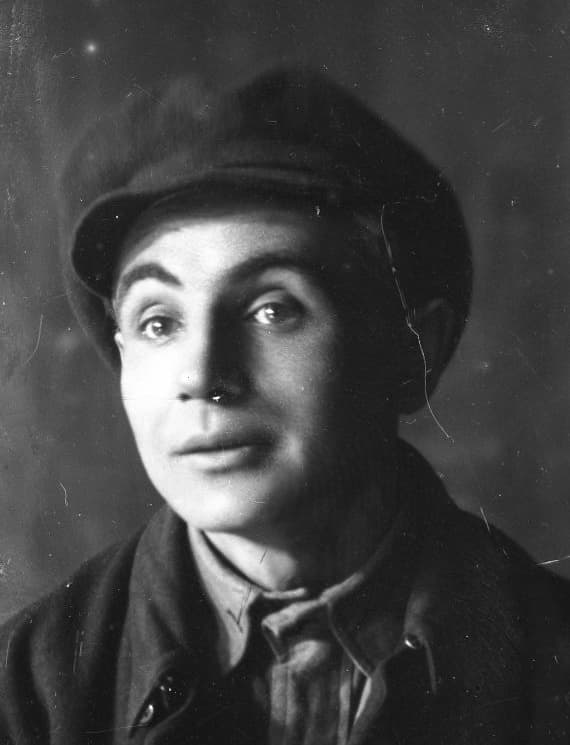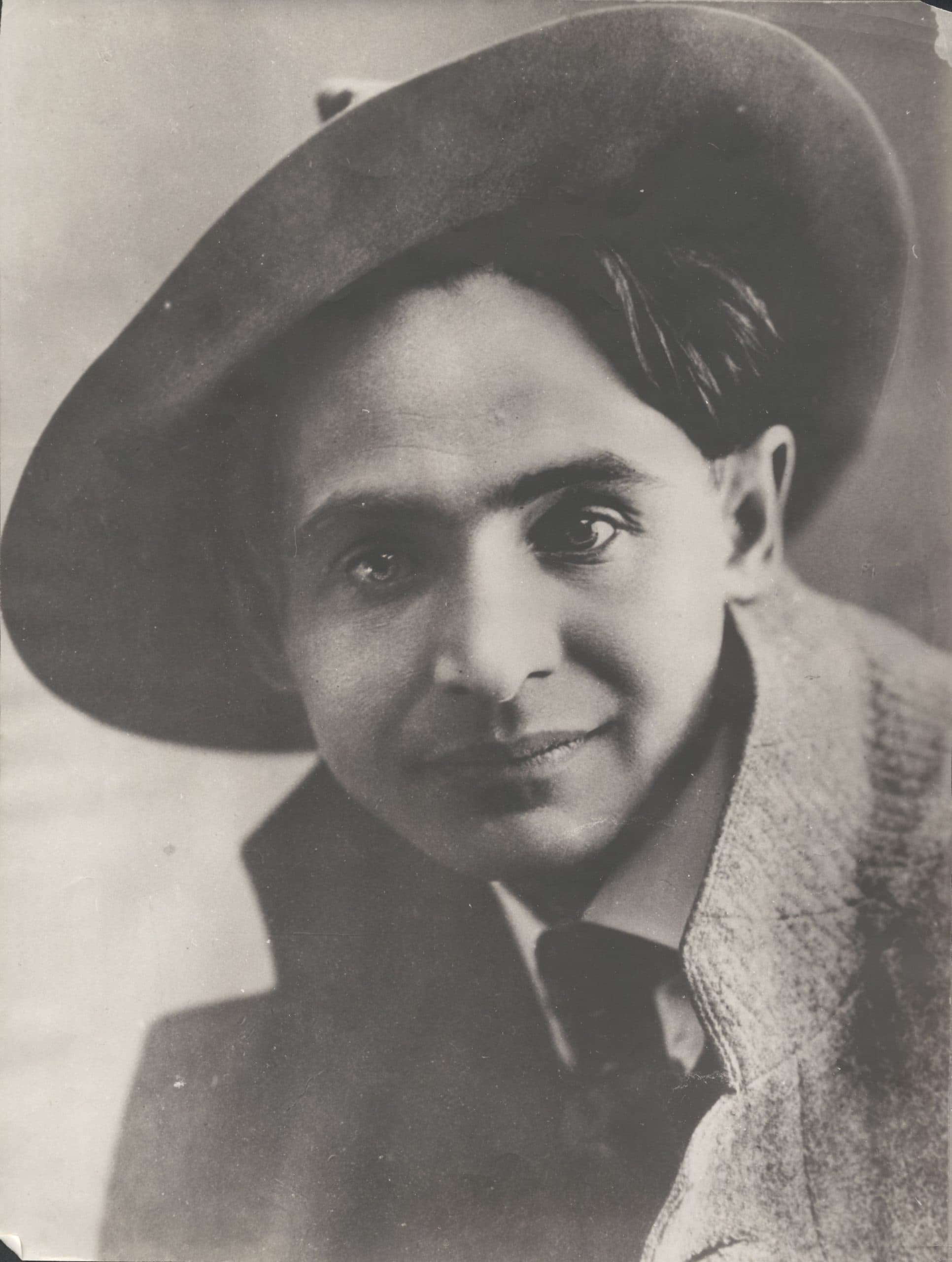Feature Film The Swedish Match
(The Swampland of the Nobility)
Based on the short story by Anton Chekhov
4 parts, 1000 m, VUFKU (Odesa), 1922
Release date: March 31, 1926 (Moscow, compilated version)
Scriptwriters: Mykola Saltykov, Borys Lorentso
Director: Les Kurbas
Cameraman: Yevhen Slavinskyi
Artist: Ivan Suvorov
Cast: Mark Ivanovych Kliauzov, Cornet – Kostiantyn Harin, Police Superintendent – Baianov, Police Superintendent’s Wife – A. Yehorova, Maria, Kliauzov’s Sister – H. Slavatinska, Chubikov, Investigator – I. Vysotskyi, Mykola – Arkadii Malskyi, Psiekov, Kliauzov’s Steward – D. Holdfaden, Maid – Korolenko
Les Kurbas’s cinematic debut was the film The Swedish Match, based on Anton Checkhov’s short story of the same name. Mykola Saltykov and Borys Lorentso wrote the screenplay. Some researchers of Kurbas question this little-known fact, but the Russian “Annotated Catalogue of Soviet Features Films of the All-Union State Film Fund” (1961) contains information confirming that Kurbas’s first film was released in 1922.
The detective comedy The Swedish Match is about the disappearance of a retired cornet – the landowner Kliauzov. The local authorities all become involved in the investigation into the cornet’s “suspected murder.” It’s soon revealed that Kliauzov is alive. They find him with his lover – the wife of the police superintendent, who “stole” Kliauzov and hid him in her bath.
Les Kurbas’s The Swedish Match was the first feature film released by VUFKU (1922). For unknown reasons, this Ukrainian film was compiled in Moscow. “According to materials of the Chief Committee for the Inspection of Repertoire, The Swedish Match, compiled in 1926, was allowed to be shown for free in the Red Army units under the name The Swampland of the Nobility. The film was shortened to 480 m. The film is lost.”
“Was it lost or did they lose it?” the innovative director Ivan Kavaleridze asked rhetorically.
In the article “The Thorny Path to the Truth” (1978) written by N. Kapelhorodskyi and published in the magazine Sovetsky Ekran [Soviet Screen] (1988), Les Kurbas’s wife, Valentyna Chystiakova, told Ivan Kavaleridze that the film The Swedish Match was referenced in the charges leading to her husband’s arrest on December 25, 1933 – “Why were Russian landowners ridiculed?” Apparently nobody took Chekhov’s story into consideration.
We can assume that their frank conversation took place in 1934-1935 when Valentyna Chystiakova made her return to film after director Ivan Kavaleridze insisted that she play Dunka in Prometheus, a film about Taras Shevchenko shot at Ukrainfilm (Kyiv, Odesa, 1935). Kurbas had already been arrested.
Ukrainian cinema at the time was influenced by the traditions of folk culture and folklore, including mythology, that was deeply philosophical and reflected a universal and holistic view on the world.
The director, focusing at the time on esthetic innovations, created a fundamentally new figurative cinematic language that was understandable to the masses and appealed to sordid subjects and ridiculous folk culture, intensified these features, revealed their cultural genetics and enriched the experience of world cinema. Ukrainian Soviet cinema of the 1920s was marked by the dazzling flash of Kurbas’s esthetics and artistic originality.


